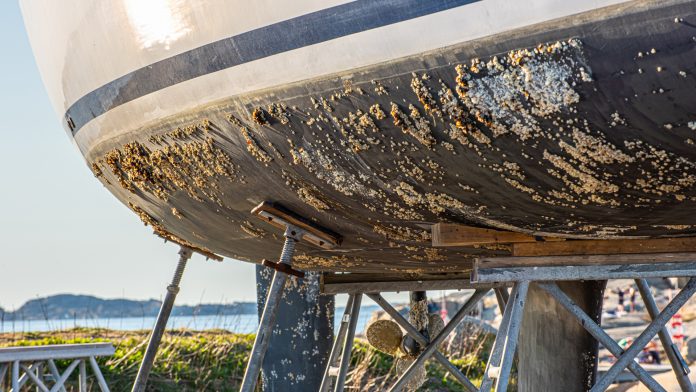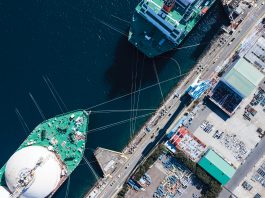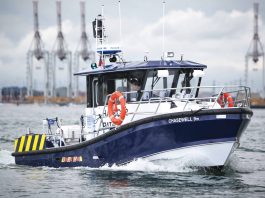Traditional antifouling paints for ships are toxic and can harm ocean biodiversity. A new film, developed to protect the hull of a ship, can prevent the attachment of mussels, algae, and other types of organisms without damaging the environment.
Finsulate develop antifouling no toxic materials that prevent the on-growth of organisms. Finsulate provides efficient antifouling when the ship is moving and lying still for a minimum of five years. Their innovative technology can also reduce fuel usage by up to 40%.
By wrapping the bottom of a boat in Finsulate’s prickly material, individuals can interrupt the lifecycle of hard and soft fowling. When marine microorganisms encounter the nylon spikes, the movement of the fibres represents an unstable surface, causing the organism to avoid it.
The growing market for merchant ship coating
A new report published by MarketsandMarkets suggests that the marine coatings market is set to be valued at $3.93bn by 2022, at a CAGR of 3.50%. According to the report, the cargo ships segment accounted for the largest share of the marine coatings market. Increasing demand for marine coatings from the shipbuilding industry in emerging economies such as China, India, and Brazil, is expected to fuel the growth of the marine coatings market across the globe. The report suggests that key player in this industry include:
- Finsulate
- PPG Industries
- AkzoNobel
- Hempel
- Sherwin-Williams
- Jotun
- BASF Coatings
- Kansai Paint
- Chugoku Marine Paints
- Axalta
The Asia Pacific marine coatings market is projected to grow at the highest CAGR during the forecast period. The growth of the market in the Asia Pacific region can be attributed to increased demand for marine coatings.
The environmental impact of antifouling paint
Commonly used antifouling paint contains biocides in order to prohibit or kill the microorganisms responsible for biofouling. the use of biocides in the aquatic environment has proved to be harmful to marine environments.
A paper published in the journal Biofouling states: ‘Copper has been used as an antifoulant for centuries and extensive research has been performed to understand how copper speciation influences bioavailability and toxicity. For biocides that have been widely used over a number of decades, for example Irgarol 1051 and diuron, there are a large amount of environmental data in the public domain, including for their respective metabolites, that allows their environmental safety and potential risk to the environment to be assessed.’









